Ting Peng
Hard Sample Aware Noise Robust Learning for Histopathology Image Classification
Dec 05, 2021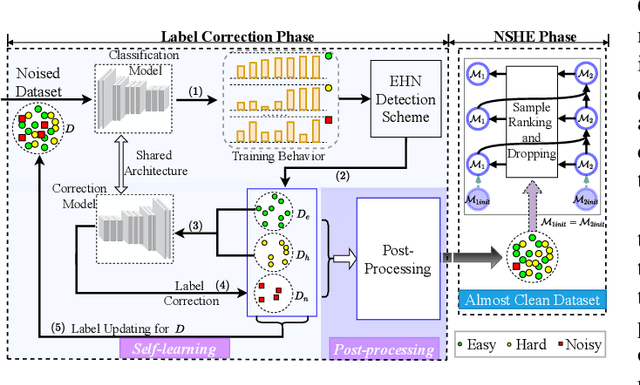
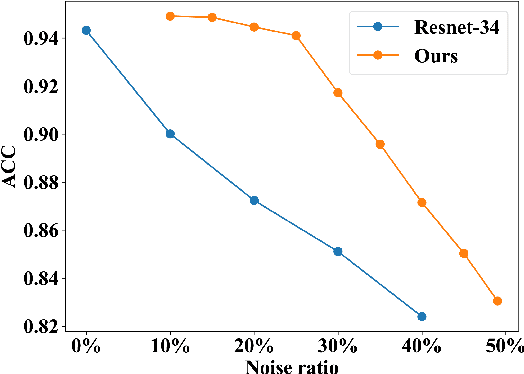
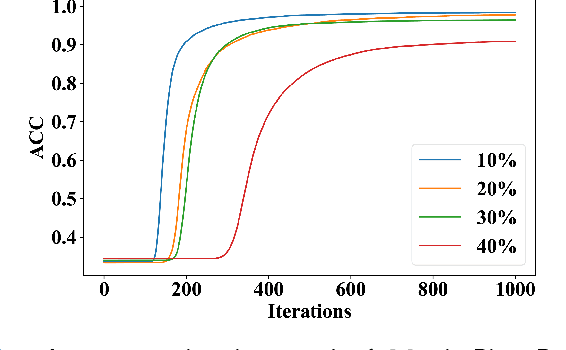
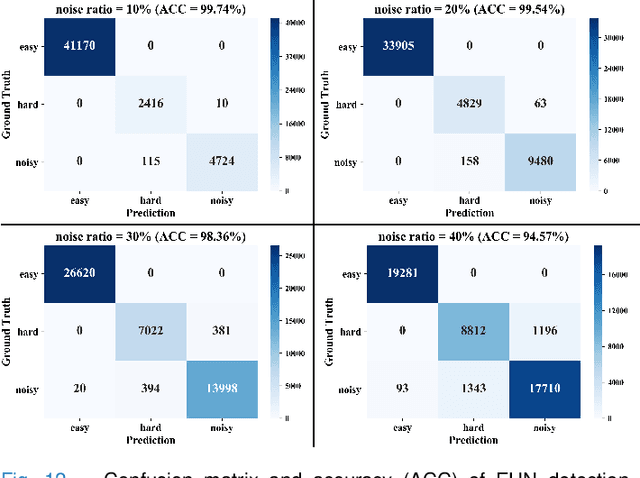
Abstract:Deep learning-based histopathology image classification is a key technique to help physicians in improving the accuracy and promptness of cancer diagnosis. However, the noisy labels are often inevitable in the complex manual annotation process, and thus mislead the training of the classification model. In this work, we introduce a novel hard sample aware noise robust learning method for histopathology image classification. To distinguish the informative hard samples from the harmful noisy ones, we build an easy/hard/noisy (EHN) detection model by using the sample training history. Then we integrate the EHN into a self-training architecture to lower the noise rate through gradually label correction. With the obtained almost clean dataset, we further propose a noise suppressing and hard enhancing (NSHE) scheme to train the noise robust model. Compared with the previous works, our method can save more clean samples and can be directly applied to the real-world noisy dataset scenario without using a clean subset. Experimental results demonstrate that the proposed scheme outperforms the current state-of-the-art methods in both the synthetic and real-world noisy datasets. The source code and data are available at https://github.com/bupt-ai-cz/HSA-NRL/.
Multi-level colonoscopy malignant tissue detection with adversarial CAC-UNet
Jun 30, 2020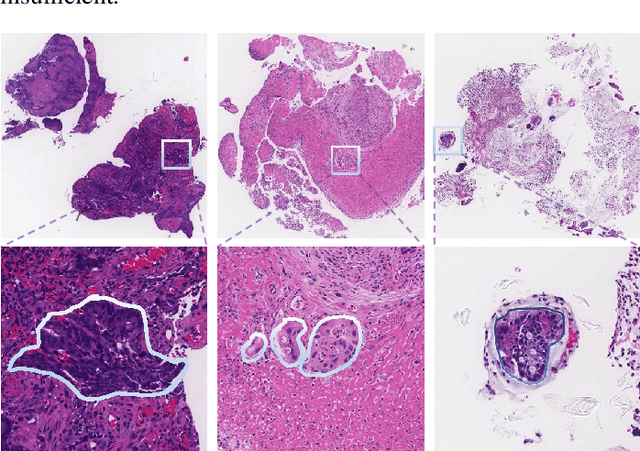

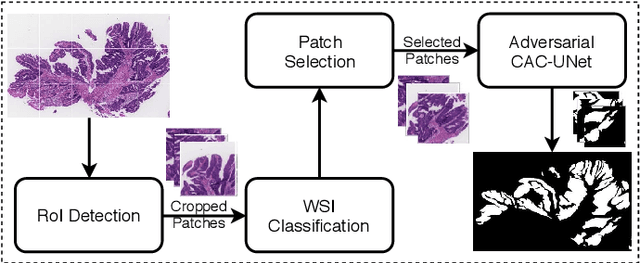
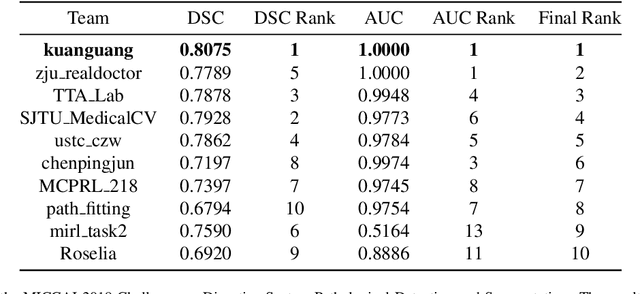
Abstract:The automatic and objective medical diagnostic model can be valuable to achieve early cancer detection, and thus reducing the mortality rate. In this paper, we propose a highly efficient multi-level malignant tissue detection through the designed adversarial CAC-UNet. A patch-level model with a pre-prediction strategy and a malignancy area guided label smoothing is adopted to remove the negative WSIs, with which to lower the risk of false positive detection. For the selected key patches by multi-model ensemble, an adversarial context-aware and appearance consistency UNet (CAC-UNet) is designed to achieve robust segmentation. In CAC-UNet, mirror designed discriminators are able to seamlessly fuse the whole feature maps of the skillfully designed powerful backbone network without any information loss. Besides, a mask prior is further added to guide the accurate segmentation mask prediction through an extra mask-domain discriminator. The proposed scheme achieves the best results in MICCAI DigestPath2019 challenge on colonoscopy tissue segmentation and classification task. The full implementation details and the trained models are available at https://github.com/Raykoooo/CAC-UNet.
Quantitative Analysis of Particles Segregation
Nov 27, 2015



Abstract:Segregation is a popular phenomenon. It has considerable effects on material performance. To the author's knowledge, there is still no automated objective quantitative indicator for segregation. In order to full fill this task, segregation of particles is analyzed. Edges of the particles are extracted from the digital picture. Then, the whole picture of particles is splintered to small rectangles with the same shape. Statistical index of the edges in each rectangle is calculated. Accordingly, segregation between the indexes corresponding to the rectangles is evaluated. The results show coincident with subjective evaluated results. Further more, it can be implemented as an automated system, which would facilitate the materials quality control mechanism during production process.
 Add to Chrome
Add to Chrome Add to Firefox
Add to Firefox Add to Edge
Add to Edge